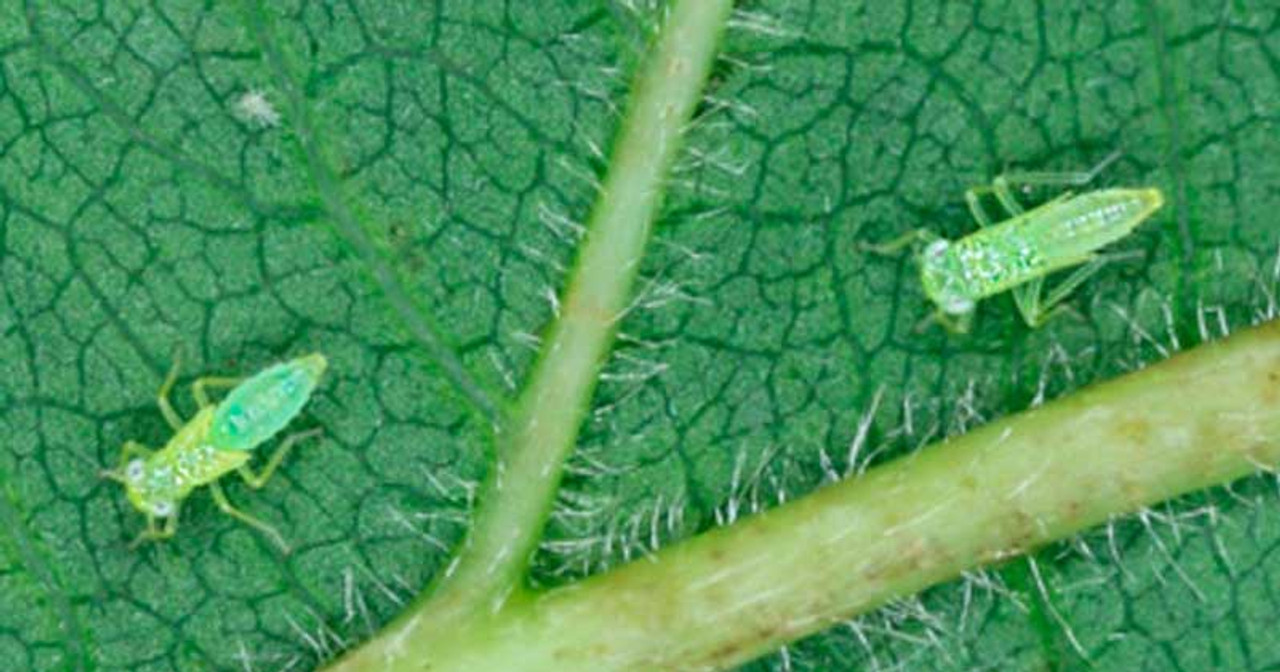Leafhopper Empoasca vitis

The smaller green leafhopper, or vine leafhopper, is mainly a pest of grapevine but can also attack a variety of other outdoor and fruit crops such as apple, cherry, plum, and blackberries.
Questions About Leafhopper?
Our team of experts is at your disposal to help you make the best decisions according to the particular needs of your crop. Do not hesitate to call us during normal business hours at (503) 342-6698 or write us through our chat to provide you with personalized service. We will be more than happy to help you!


